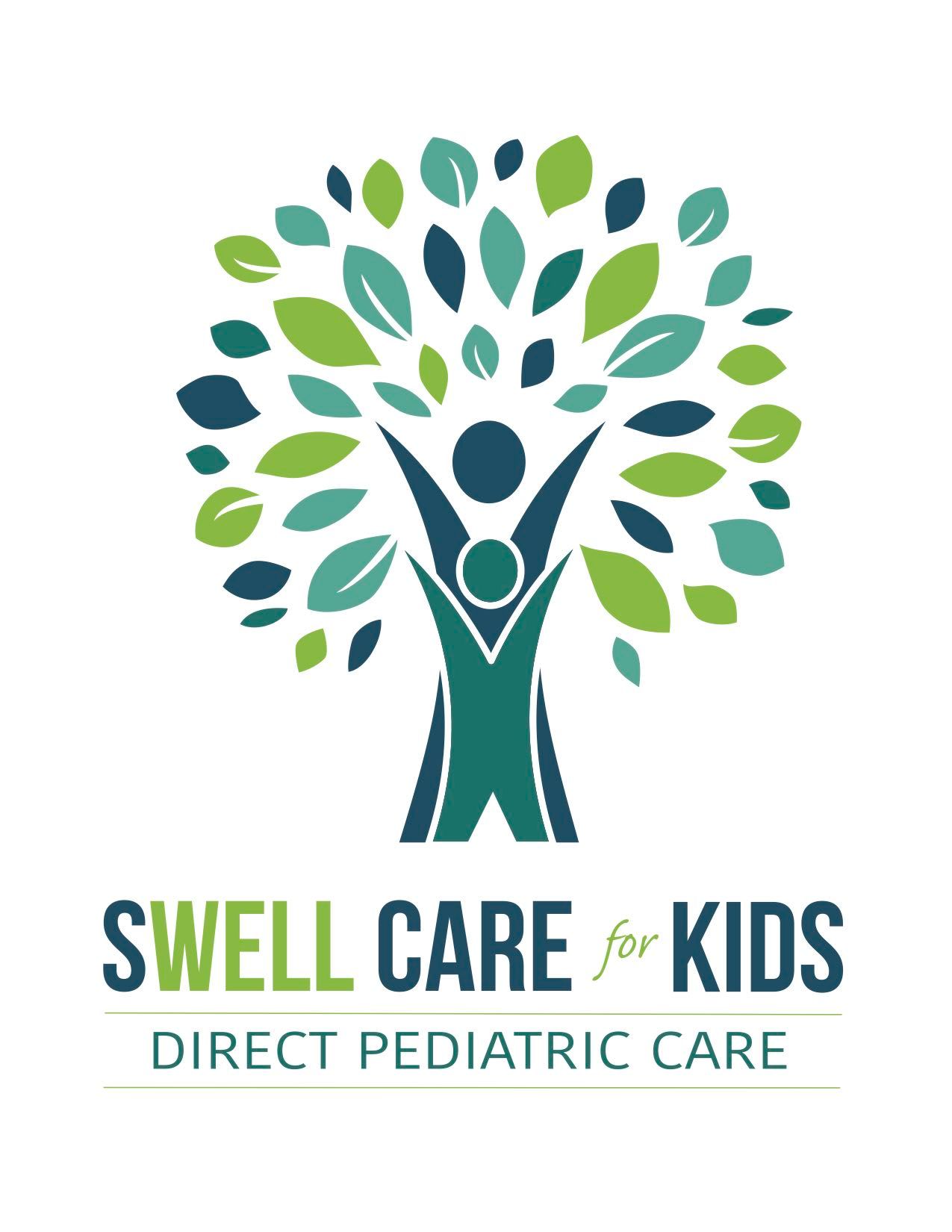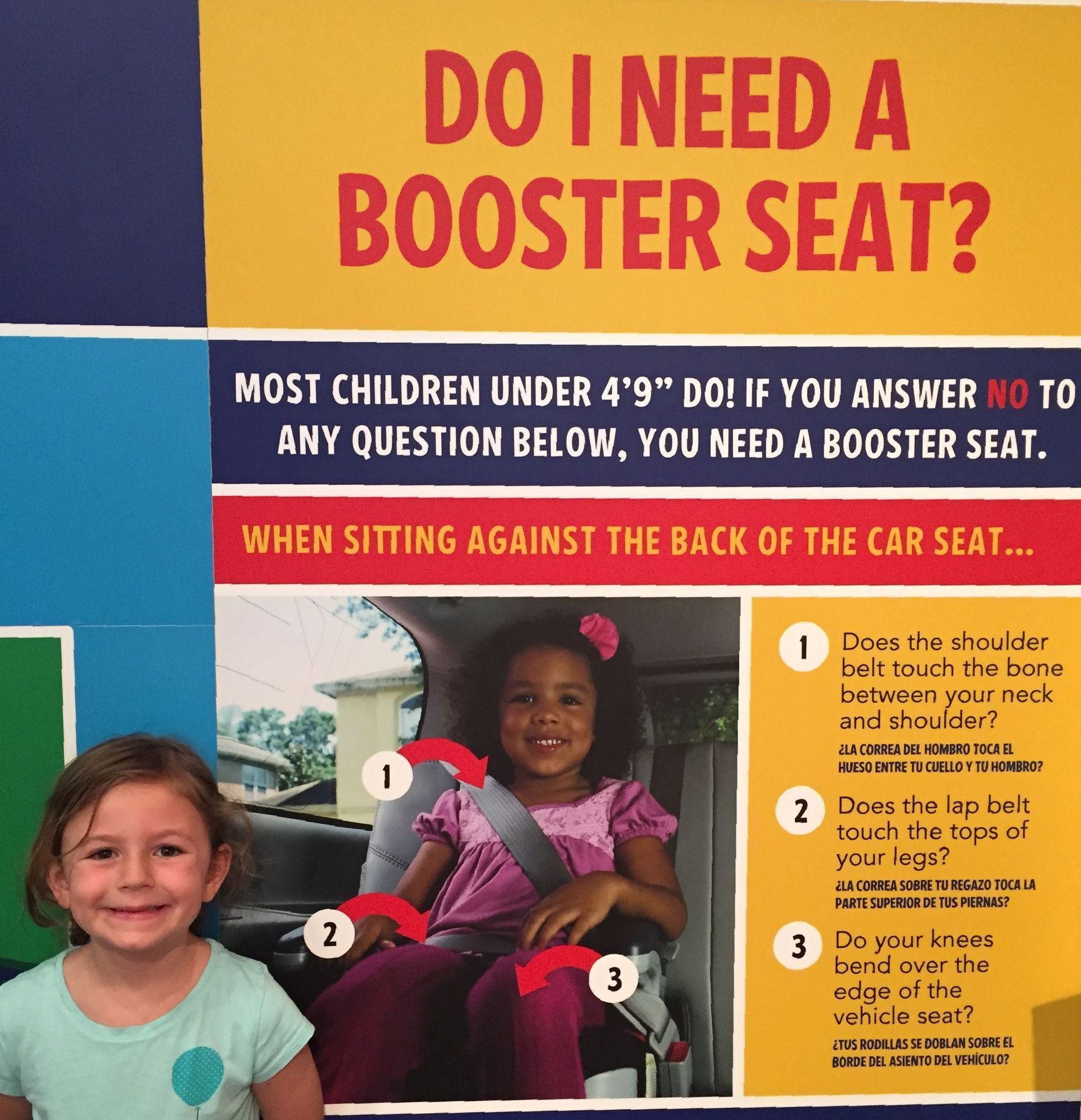Contact Us
Thank you for contacting us.
We will get back to you as soon as possible
We will get back to you as soon as possible
Oops, there was an error sending your message.
Please try again later
Please try again later

Contact Us
Thank you for contacting us.
We will get back to you as soon as possible
We will get back to you as soon as possible
Oops, there was an error sending your message.
Please try again later
Please try again later
Blog

By Jaime Candelori
•
May 2, 2024
WHY SHOULD WE LIMIT SUN EXPOSURE? Small amounts of sun exposure allow us to absorb vitamin d, which is an essential vitamin. However, the risks overall outweigh the benefits. Within minutes, sun exposure causes damage to the skin’s cells, and can even cause damage to the DNA in the cell. There are two main types of damaging sun rays: UVA - longer wavelengths, long term damage such as aging, wrinkles UVB - shorter rays, short term damage such as sunburn Short term effects cause sunburn, which is painful and even just one burn can significantly increase the risk of skin cancer later in life. Sun exposure also causes unwanted skin pigmentation changes. Long term effects include skin cancer, wrinkles, and other aging processes. HOW CAN I BEST PROTECT MY CHILD FROM THE SUN? FIRST , avoid the direct rays when at all possible. Keep children out of the sun between 10am-5pm Sit in the shade SECONDLY , dress your children in clothing with UPF 50+. UPF is similar to SPF, but just describes clothing and not sunscreen. Hats - I love the legionnaire style that fits snugly and covers the ears. And don’t forget eye protection! Sunglasses are great if you can get your kids to wear them! FINALLY , apply sunscreen. Every day. Kids 6 months +. Broad Spectrum - means it blocks both UVA and UVB rays Mineral sunscreens preferred (Titanium dioxide or zinc oxide) Harder to get on a wiggly child but easy to see where you’ve applied and it is very effective and low risk SPF 30+ Chemical sunscreens are OK (see below for more info) Apply 20-30 min prior to exposure Reapply every 2 hours Reapply every hour if at the beach or pool - sun rays bounce off water and sand so you get sun exposure from both above AND below Infants under 6 months can wear sunscreen if absolutely necessary - but again, it is best to keep them out of direct sunlight COMMON CONCERNS UNTANGLED: Do we need to apply sunscreen on cloudy days? YES. There is still a significant amount of UV light that will get through the clouds and cause skin damage. Can I use spray sunscreen? YES BUT. You have to be very cautious with inhalation, so spraying on your hand away from the child and then using your hand to apply to their skin is the best. As for teens, it might be the only one they will use, so go for it! Just tell them to hold their breath while applying and use in a well-ventilated area. Can I use chemical sunscreen? YES BUT. There are some fear-driven sites out there that suggest the chemicals in some sunscreens are bad since a small amount will be absorbed through the skin into the bloodstream. Most of the studies cited involve animals that INGESTED the chemical at doses much much greater than would be used in a typical human. In my opinion, the risk of sun damage far outweighs the risk of chemicals in the sunscreen. Ideally, for young children and frequent use, I’d recommend mineral based sunscreens. However, if the only option you have is sunscreen with chemical blockers, I think it would be just fine to use. ***** A word on oxybenzone - an ingredient specifically to avoid as per the AAP. It might be linked to hormonal disruption, but we still need more data. Overall - if you are able - it is best to avoid this ingredient until we have more information. What do I use for my kids? I like the mineral based sunscreens overall, especially on the face because they don’t burn around the eyes. I like cost-effective ones that I can purchase from big box stores like Costco and Sam’s. RESOURCES AND MORE READING https://www.ucf.edu/news/ucf-dermatologists-guide-to-sun-protection-necessary-precautions/ https://www.washingtonpost.com/health/what-you-need-to-know-about-the-chemicals-in-your-sunscreen/2019/06/14/3840042c-8ca3-11e9-adf3-f70f78c156e8_story.html https://www.healthychildren.org/English/safety-prevention/at-play/Pages/Sun-Safety.aspx

